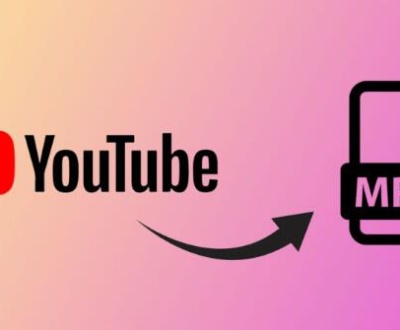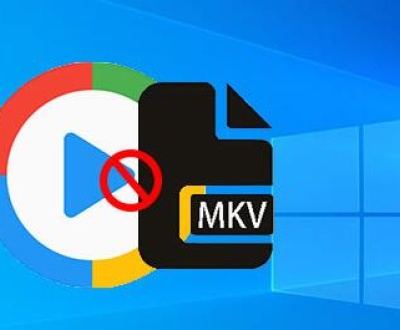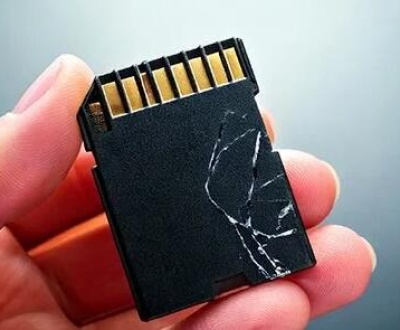To unlock a USB flash drive, there are several methods you can try, depending on the specific reason it’s locked or inaccessible. USB flash drives can become locked for a variety of reasons, such as password protection, hardware encryption, write protection, or corruption.
1. Locked USB Flash Drives
A USB flash drive is one of the most convenient tools for transferring and storing data. However, there are situations where users may find themselves unable to access the content of the USB due to some form of lock. These locks are often implemented as a way to prevent unauthorized access or accidental data modification.
Whether it’s a password protection scheme that was applied at the time of encryption or an issue with physical hardware that disables writing to the drive, it’s essential to understand how to address these problems when they arise.

2. Types of Locks on USB Flash Drives
Password Protection
Some USB drives come with built-in software that allows you to set a password to secure your data. These drives typically offer strong encryption options that make it difficult to access the files without the correct password. If you’ve forgotten the password, there are a few options to try and unlock the drive.
Write Protection
Write protection is a common feature that prevents accidental deletion or modification of files on the USB drive. This feature can be enabled either through software or hardware. When a USB drive is write-protected, you may still be able to read from the drive, but you won’t be able to copy new files to it or modify existing files. This can be useful in preventing data loss, but it can be frustrating if you need to add or modify files on the drive.
Hardware Encryption
Some USB flash drives, particularly high-security models, come with hardware encryption built into the drive itself. These drives may have a physical lock switch or use complex encryption algorithms that require a passcode or encryption key to unlock the data stored on them. Unlocking these drives usually requires specialized software or hardware tools from the manufacturer.
Corrupted USB Drives
In some cases, a USB drive might appear to be locked because it has become corrupted. This can happen due to improper ejection, sudden power loss, or issues with the file system. A corrupted drive might prevent you from accessing the data, making it seem as though the drive is locked. This type of lock is usually recoverable by repairing the file system or using data recovery software.
3. How to Unlock a USB Flash Drive: Methods
Method 1: Using a Password (for Encrypted Drives)
If your USB flash drive is encrypted with a password, the simplest way to unlock it is by entering the correct password using the software provided by the manufacturer. However, if you’ve forgotten the password, there are a few things you can try:
Check for Password Hints: Some encryption software offers a password hint feature. If you have set one up, try to recall any clues that might help you recover your password.
Use Password Recovery Tools: Some encryption software providers offer password recovery tools. If you used software like BitLocker, TrueCrypt, or Rohos, there might be a built-in recovery method to help you retrieve or reset your password. You may need to contact the manufacturer for support.
Data Recovery Services: If you’re unable to recover the password, you might need to turn to professional data recovery services that specialize in encrypted drives. They may be able to use advanced techniques to access your data, but be aware that this can be an expensive option.
Method 2: Disabling Write Protection
Write protection can be disabled either via software settings or through a physical switch on the USB flash drive. Here’s how to do it:
Check for a Physical Write Protection Switch: Some USB flash drives come with a physical switch that locks or unlocks the write protection. Look for a small switch on the side or the back of the drive. If there is a switch, toggle it to the “off” position to remove write protection.
Disable Write Protection via Windows Registry:
Step 1: Press Windows + R to open the Run dialog box.
Step 2: Type regedit and hit Enter to open the Windows Registry Editor.
Step 3: Navigate to HKEY_LOCAL_MACHINE\SYSTEM\CurrentControlSet\Control\StorageDevicePolicies. If the StorageDevicePolicies folder doesn’t exist, create it by right-clicking on the Control folder and selecting New > Key. Name it StorageDevicePolicies.
Step 4: On the right panel, look for a key named WriteProtect. If it exists, right-click it and select Delete.
Step 5: Close the Registry Editor and restart your computer. Your USB should no longer be write-protected.
Use Diskpart to Remove Write Protection:
Step 1: Press Windows + R, type cmd, and press Enter to open the Command Prompt.
Step 2: Type diskpart and press Enter to open the Disk Partition tool.
Step 3: Type list disk to see a list of all connected drives.
Step 4: Identify your USB drive by looking at its size, then type select disk X (replace X with the correct disk number).
Step 5: Type attributes disk clear readonly to remove the write protection.
Step 6: Type exit to close Diskpart.
Method 3: Fixing Corrupted USB Drives
If your USB drive is corrupted, it may appear locked or inaccessible. To fix a corrupted USB, you can use the built-in Windows tools or third-party software.
Use CHKDSK:
Step 1: Open Command Prompt by pressing Windows + R, typing cmd, and pressing Enter.
Step 2: Type chkdsk X: /f (replace X with the letter of your USB drive) and press Enter. The chkdsk command will attempt to fix errors on the drive.
Method 3: Using Third-Party Software
Panda Assistant is a powerful data recovery tool designed to help users recover lost or deleted files from various storage devices, including hard drives, SSDs, USB flash drives, and memory cards. With an intuitive interface and advanced algorithms, Panda Assistant simplifies the process of file recovery, even for users with minimal technical experience. Whether you’ve accidentally deleted important files, experienced a system crash, or encountered data corruption, Panda Assistant offers a reliable solution to retrieve lost documents, photos, videos, and more.
One of the standout features of Panda Assistant is its ability to recover files from a wide range of storage formats, making it compatible with both Windows and Mac systems. The software also supports multiple file types, including images, audio, video, and office documents, ensuring that all your essential files can be recovered.
Additionally, Panda Assistant provides options for deep scanning, allowing it to locate even the most difficult-to-find files. Its user-friendly interface guides you through the recovery process step by step, offering preview functionality to ensure you recover the correct files. Whether you’re dealing with accidental deletion, a corrupted drive, or even a formatted partition, Panda Assistant is a reliable and efficient tool for data recovery.
Method 4: Format the Drive (Last Resort)
If all else fails and you need to access your USB drive but cannot recover the data, formatting the drive is an option. Keep in mind that formatting will erase all data on the drive, so it should only be used as a last resort.
Step 1: Open This PC or My Computer and right-click on your USB drive.
Step 2: Select Format from the context menu.
Step 3: Choose the file system (usually FAT32 or NTFS) and check the Quick Format option.
Step 4: Click Start to begin formatting.
If your drive is write-protected or corrupted, you might need to use third-party formatting tools to bypass these issues.
4. Prevention and Future Protection of USB Drives
To prevent future issues with locked USB drives, consider the following:
Regular Backups: Always back up important files to another location to avoid data loss.
Use Reliable Encryption: If using encryption, choose a solution with a password recovery option in case you forget your password.
Be Cautious with Physical Locks: If using a USB drive with a physical write protection switch, be sure to regularly check the switch to avoid accidentally locking your drive.
Avoid Improper Ejection: Always eject your USB drive safely to prevent file system corruption.
About us and this blog
Panda Assistant is built on the latest data recovery algorithms, ensuring that no file is too damaged, too lost, or too corrupted to be recovered.
Request a free quote
We believe that data recovery shouldn’t be a daunting task. That’s why we’ve designed Panda Assistant to be as easy to use as it is powerful. With a few clicks, you can initiate a scan, preview recoverable files, and restore your data all within a matter of minutes.
Subscribe to our newsletter!
More from our blog
See all postsRecent Posts
- How to search folder in file explorer 2025-05-09
- How to search for duplicates in file explorer 2025-05-09
- Finder search not finding files 2025-05-09

 Try lt Free
Try lt Free Recovery success rate of up to
Recovery success rate of up to









